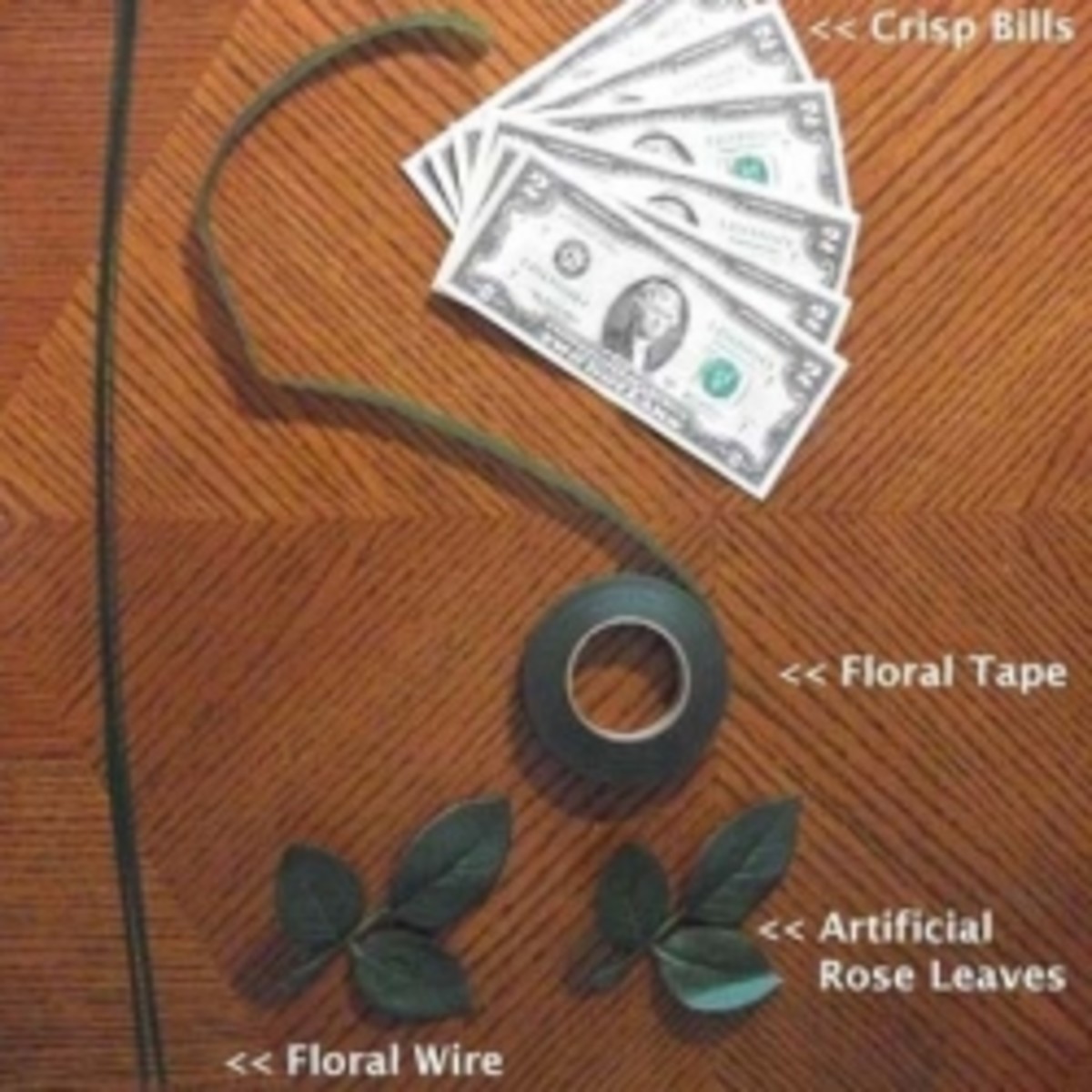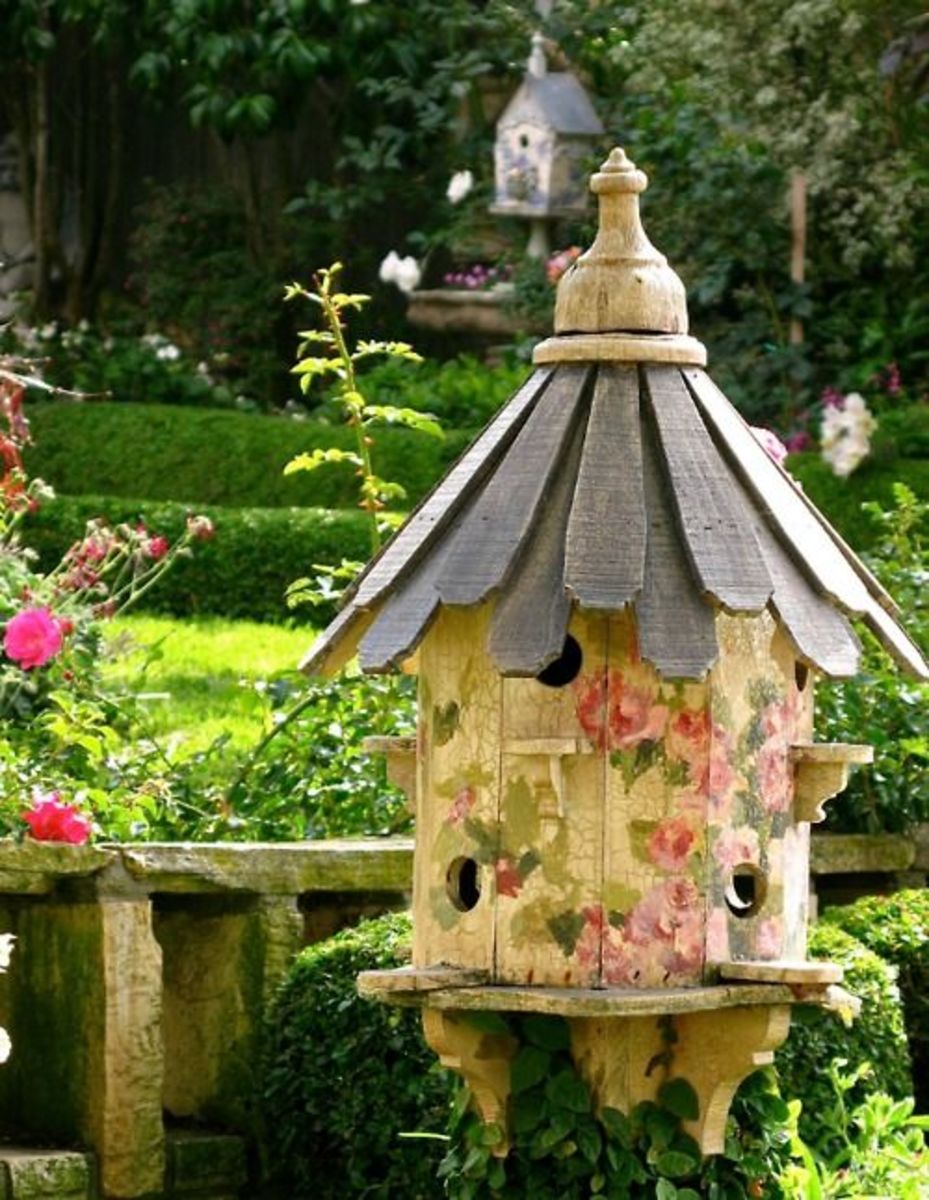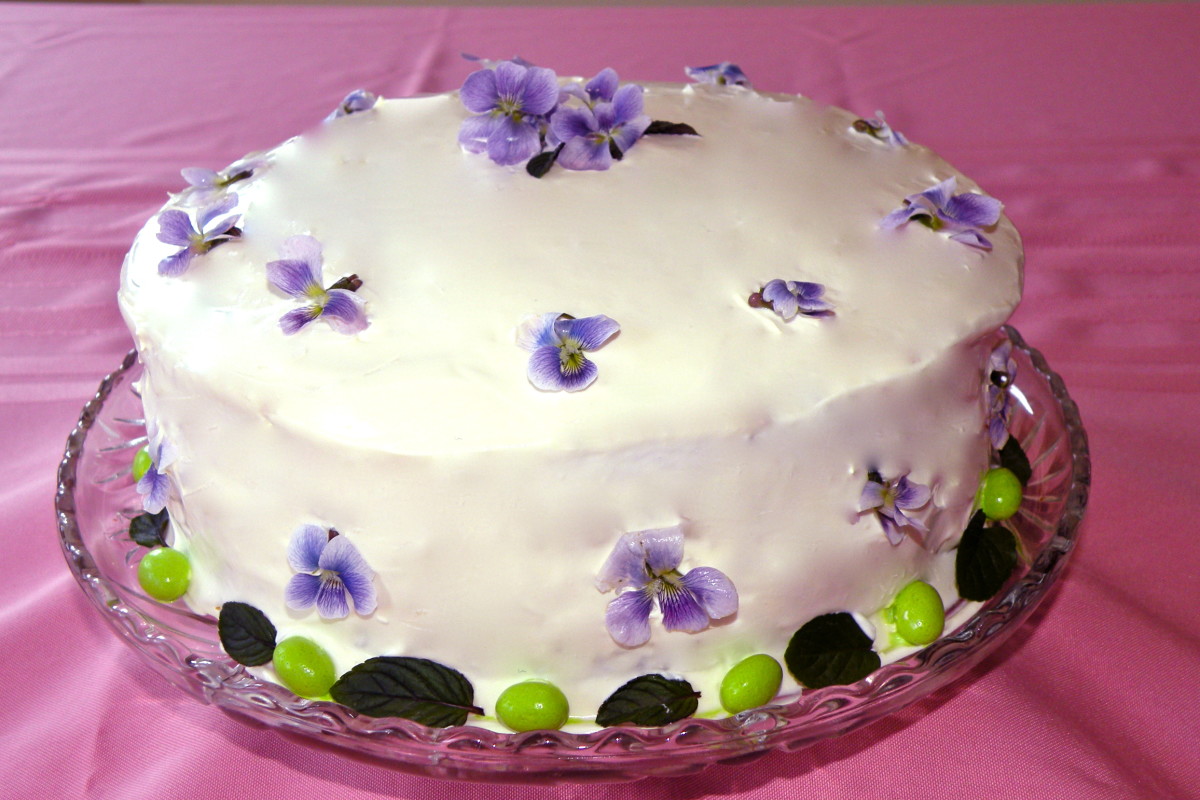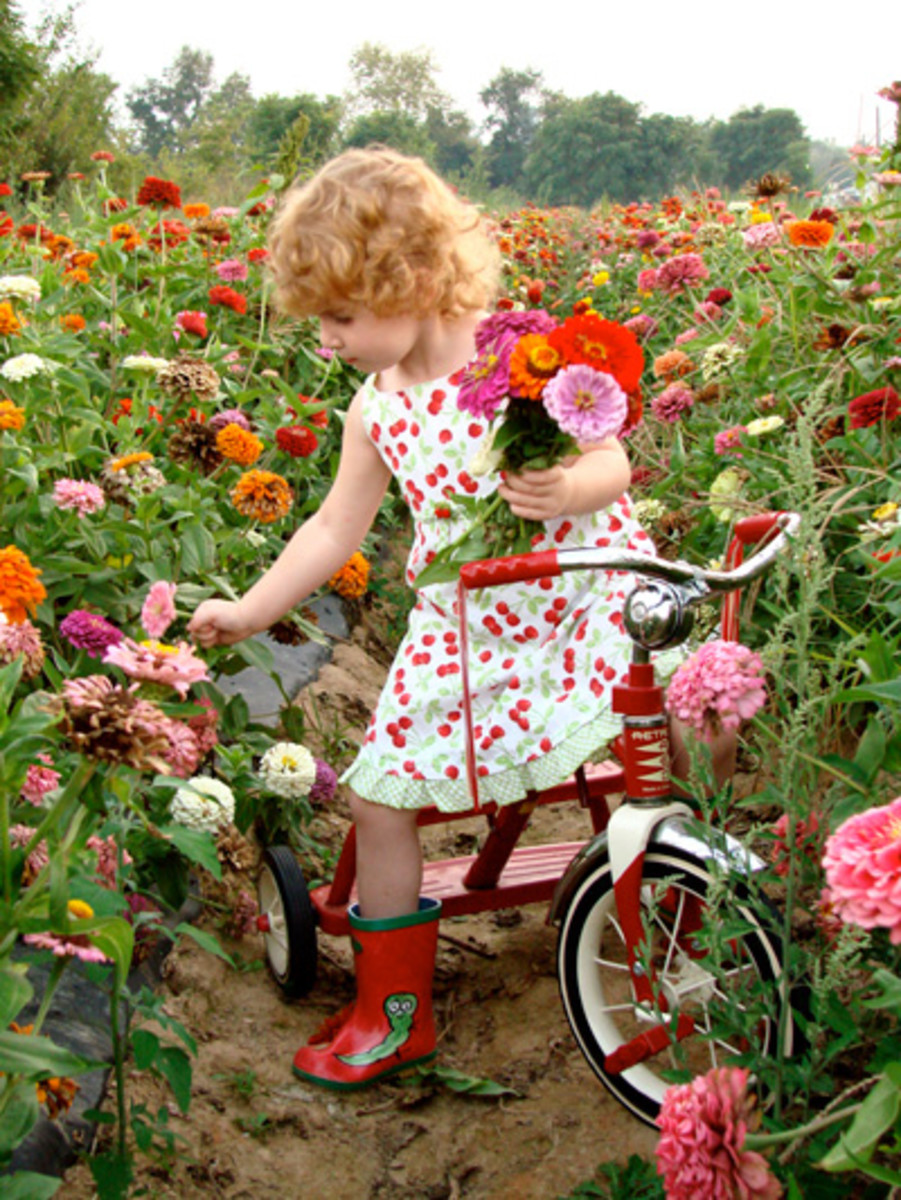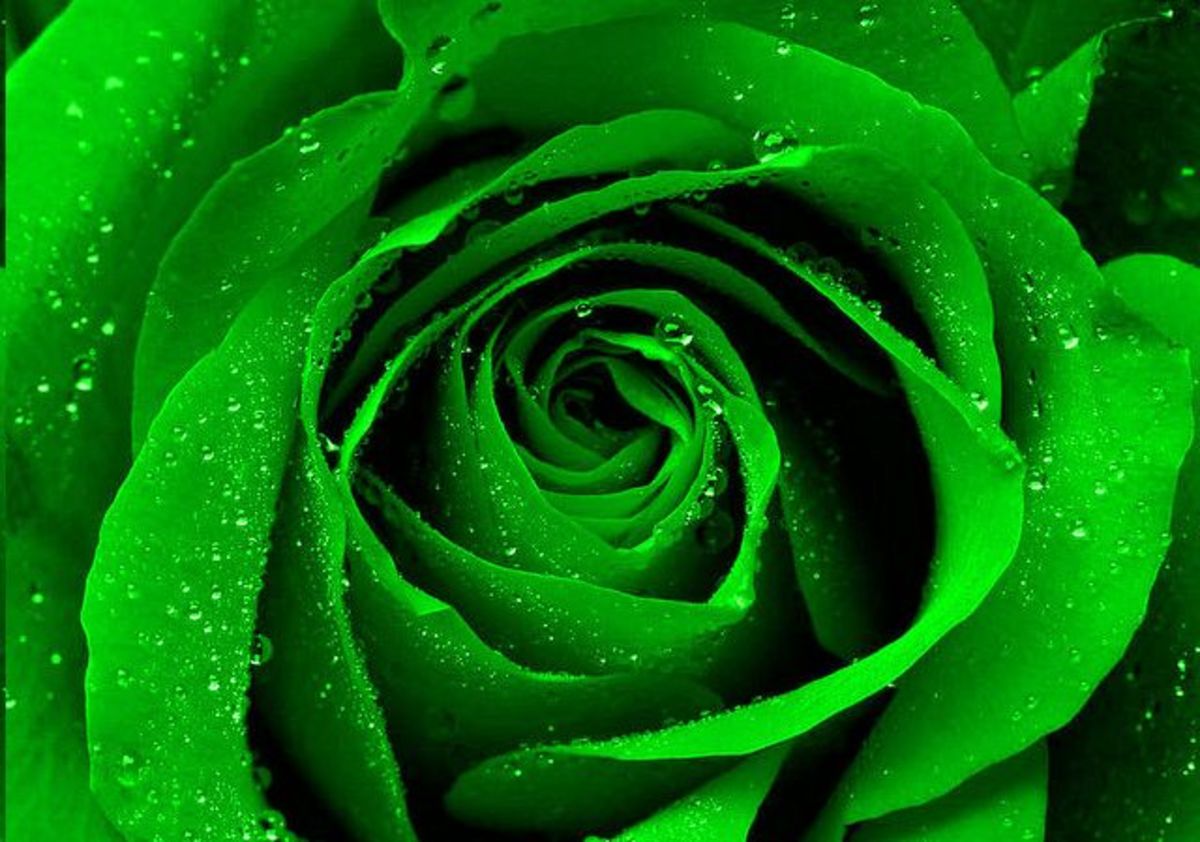- HubPages»
- Arts and Design»
- Crafts & Handiwork»
- Flower Crafts
What’s in Your Toolbox? 12 Essentials for Arranging Fresh Flowers like an Expert

So, you’ve decided to design all the flowers for your upcoming wedding? Maybe you love to garden and now have a plethora of flowers and foliage to perhaps start learning how to put all those beauties together so you can also enjoy them inside your home? Whatever the reason or occasion, be sure to include these tools and supplies in your designer kit to tackle just about any design idea.
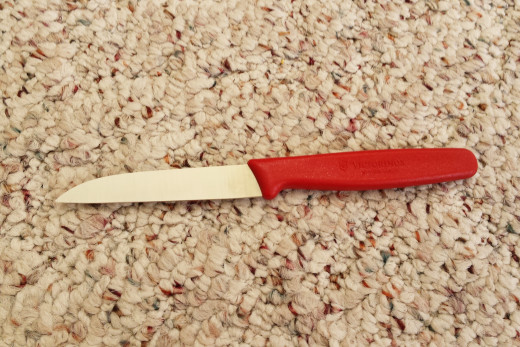
Floral knife. Floral knives are inexpensive and probably the best tool to cut flower stems. If you don’t have a floral knife, you can substitute it with a paring knife, a penknife, or a utility blade so long as the blades are very sharp. Make sure your knives are kept sharp at all times for optimal results. Dull or jagged blades can crush plant fibers, impeding water uptake. Cleaner cuts equal longer shelf life for your flowers. Knives are also easier to keep sharp than other tools. Knives are not only useful in preparing your stems but they are also great for cutting, trimming, and carving floral foam. I like to use the straight blade by Victorinox.
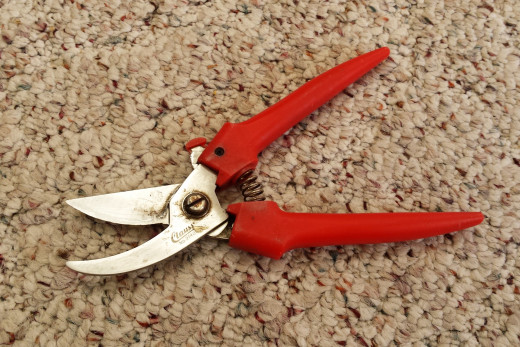
By-pass pruners. While the floral knife is best for cutting stems, pruners can get the job done as well. Especially if you are just discovering the art of floral design for the first time, this tool may be easier for you to use. I prefer the 7.5” by-pass pruner by Clauss. It’s inexpensive (compared to others that cost upwards of $50.00) and it lasts long. Clauss also has a lifetime warranty on all their products which is a big plus in my book!
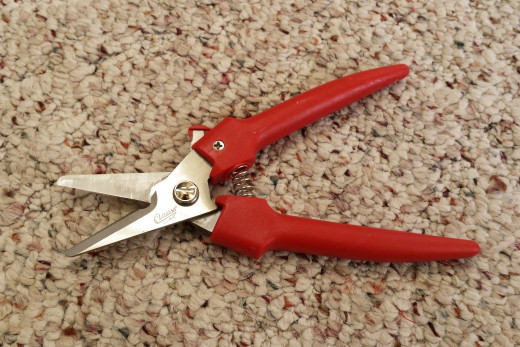
Bunch cutters. While pruners are great for cutting flower stems like roses and carnations, cutters are great to clip tougher, woodier stems such as tree branches (cherry blossoms, dogwood), hydrangeas, lilacs, rice flowers, and pittosporum. You can use the cutter to split the bottoms of these woodier stems for greater water adsorption. The grips are plastic so they can be used underwater. I prefer to use the 7.5” bunch cutter by Clauss with wire cutting notch so that I don't have to separately carry a wire cutter,
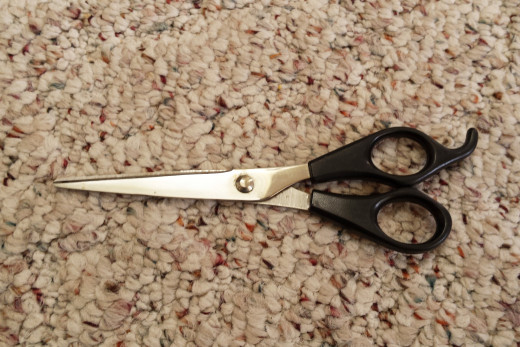
Scissors. There are many reasons why you would want to keep a pair of scissors in your toolbox. Before you even begin to design your arrangement, you can use scissors to open up the boxes that contained your flowers. Roses especially come secured with nylon ties, and these are best cut with scissors. If you use your floral knife to do this, not only will you dull your knife over time but you can accidentally cut your flowers in half if you are not too careful. You can also use scissors to trim stems, excess foliage and unpleasant blooms. They also come in handy when cutting fabric ribbons and floral mesh to embellish your bouquets.
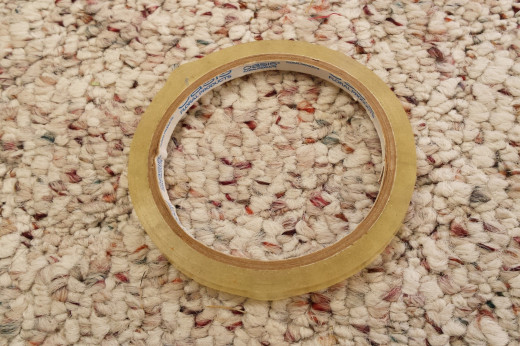
Clear waterproof tape. This multi-functional tape is water-resistant and adheres to most glass, ceramic, plastic, and metal surfaces. I call it the go-to tape for almost any design encounter. The tape is most commonly used to create a design grid across the mouth of a container to help keep your stems in place. It comes in either ½” or ¼” width. I find the ¼” width most useful because it’s discrete and hardly ever gets in the way of your design. The tape can also be used to tie bouquets together before wrapping the bouquet with satin ribbons. However, I find the green floral stem wrap to be a better option for this purpose as it only adheres to itself and not your fingers or anything else. For those of you who create gourmet fruit baskets alongside your fresh floral designs, this tape can be very useful in wrapping your finished baskets with cellophane or any other type of plastic wrapper. The trusted brand for this tape is Oasis.
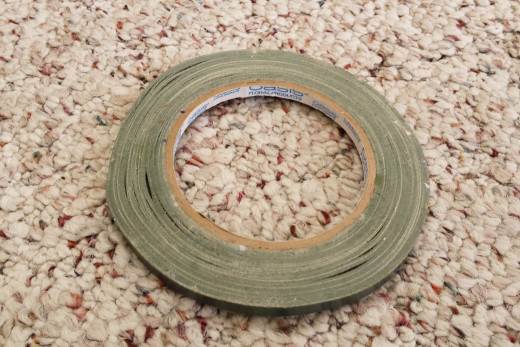
Green waterproof tape. This is the ideal tape to secure floral foam to containers. It tears and cuts easily and remains firm and intact, even when it is exposed to moisture. It comes in either ½” or ¼” width like the clear waterproof tape, and I find the ¼” width again more useful. Although this tape can cost twice as much as the clear one, you may find it sturdier for larger arrangements.
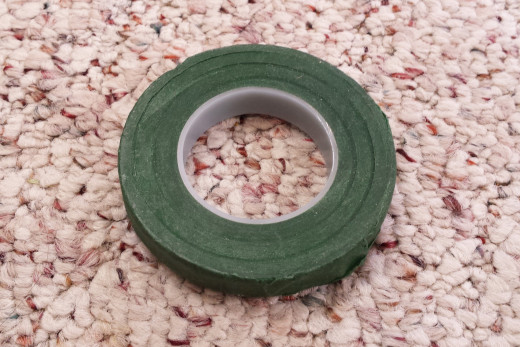
Green stem wrap. Unlike the other two tapes, this is a self-sealing stem wrap that comes in a variety of colors including light or dark green, olive, black, brown, and white. A half an inch wide, this tape only sticks to itself upon stretching it and placing it on top of itself. It is most useful for completing boutonnieres, corsages, headpieces, cascades, and wedding bouquets. Economical, strong, and easy to use, this tape can be used for both fresh and faux flowers. The dark green is the most useful as it blends easily with the color of most stems of flowers and foliage. The trusted brand for the stem wrap is Floratape.
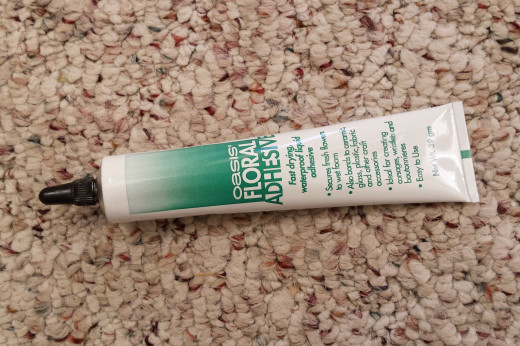
Floral adhesive. I recommend the floral adhesive by Oasis. It is a fast drying, waterproof liquid adhesive that comes in a metal tube or can. Perfectly safe to use on fresh flowers, it’s a time-saving alternative to wiring and taping, especially when designing boutonnieres and corsages. It’s also great for affixing stems to one another or wet floral foam and surfaces such as ceramic, glass, plastic, and fabric. Not only can you use the adhesive to secure fruits onto skewers and other objects to picks, but you can also secure frogs inside vessels for design styles such as ikebana.
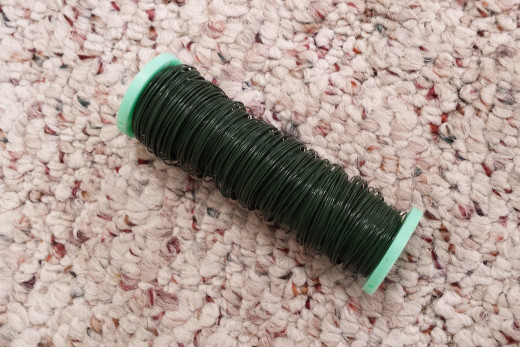
Wire. Floral wire comes in many gauges either as sticks or in a spool. I always keep a 24- or 26-gauge spool in my toolbox because there is always a reason to use it. Coated in green plastic, the spool of wire weighs half a pound and goes a long way. Thicker gauge wires tend to come in sticks usually 18” in length and are often cumbersome to keep on the go. I reach for this spool of wire when I need to strengthen and secure flowers and greenery, particularly when making boutonnieres and corsages. I also use this wire to bind all the stems of a bouquet prior to stem wrapping and ribboning it. You can also use it to make fresh wreaths and swags or to secure bows to arrangements.
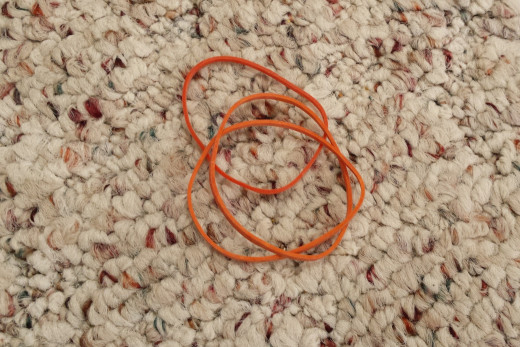
Rubber Bands. You can play a 5-minute scavenger hunt just in your house and find at least 5 rubber bands of various sizes and colors. Each time you find one, place it in your toolbox because it can come in handy. When you’re creating a vase arrangement, you can loosely rubber band all your blooms together so that they stay in place. This is particularly useful for a low arrangement in which a flower with a heavy head (think hydrangeas, sunflowers, and peonies) has an increased chance of flopping out of the vase without being rubber banded with the rest of the flowers in the vase. If you are on a strict budget, you can also get away with using fewer flowers by rubber banding all the stems together. Without the rubber band holding all of the flowers together, you would have to use more stems to keep all the flowers in place. Rubber bands can also be used to attach stems to stakes. Oh, and lastly, you can also pull your hair back with a rubber band so that those beautiful locks don’t get in the way of you fine-tuning the details of your beautiful blooms.
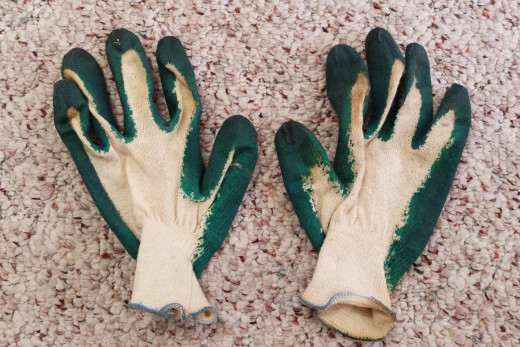
Garden gloves. These may not always be necessary, but I am incredibly thankful for them when I’m designing with extra thorny rose stems, chicken wire, or sharp tools. I don’t know how many times I have cut or pricked myself. Just conditioning flowers for an hour sometimes leaves my hands and nails unsightly. I also recommend wearing gloves when handling bleeding stem-types. Bleeding flowers are those that lose significant moisture when they are cut from their parent plant. In many cases, the plant oozes sap from the moment the cut is made. The sap from these plants can irritate your skin and be toxic to other stems when placed in the same container. While it’s nice to have a pair of leather or suede gloves, I am perfectly content with my latex-dipped cotton knit gloves.
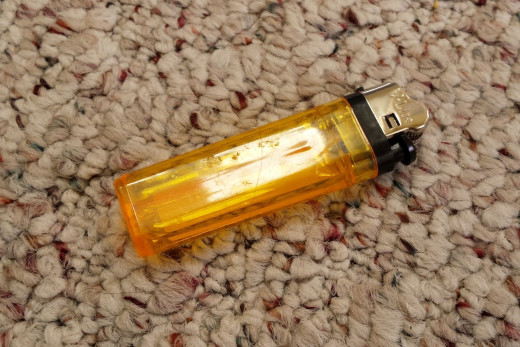
Lighter. Lighters can be used to burn the edges of fabric ribbons to prevent them from fraying. However, did you also know that you can use it to heat-seal the ends of freshly cut stems so you can avoid a sappy mess? For bleeding flowers such as poppies and daffodils, use the lighter to gently singe the cut ends to keep the sap inside the stems while still allowing for water to be absorbed. Lighters are inexpensive, and you can purchase a pack of three for a dollar from the Dollar Tree Store.

